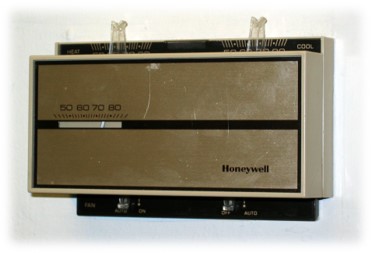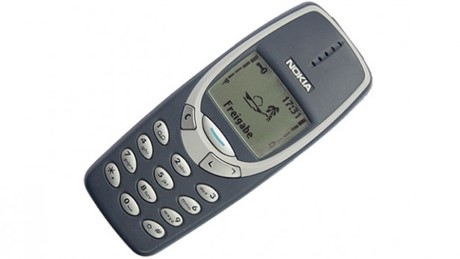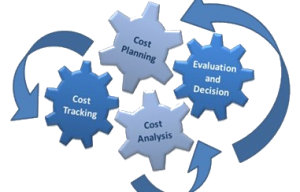5-Reasons why your building management system will always let you down
After 10-years in the building management system space I’ve found one common trend – Building management systems are horribly overvalued. The problem’s not your building, not the HVAC equipment, and not you as an operator– It’s just your horrible, antiquated, building management system!
I’ve integrated over 100-different control systems from various building management system manufacturers that all tout the same story: Amazing graphics, remote access, massive energy savings, and best of all ‘ease of use’ – Just to find technology developed in the early 90’s hemorrhaging energy and thrashing high-value HVAC systems.
Here are the five major stumbling blocks of every building management system –
1. The average space comfort control is 3-4x worse than your home

That’s right, the average state-of-the-art,2018 building management system can only control your office within 4-degrees of setpoint. Scratch what the installer told you, we’ve surveyed over 30-different buildings and found fluctuations as high as 6-degrees from setpoint. That means when you think it’s 72-degrees in your office it could be 66 – Better break out the space heaters!
2. Energy savings evaporate within 3-4 months

We’ve heard countless times how much energy owners have saved when installing new building management systems –Utilities even have special rebate programs to support new installs. After studying 5-different new installations we found savings had fully eroded within 3-4 months post-install. Customers attributed losses to the lack of serviceability due to increased complexity of Title: 24 – Most had even reverted to time-clock-esque control – If it works it works, right?
3. Current hardware is horribly outdated

After researching 7-different brands of leading-edge supervisory controllers (The brain of your building management system)the average processing speed was less than the 1st -generation iPhone– The one released in 2007. The lack of power may seem trivial, but the average 100k sq. ft. installation requires up to 3-separate supervisory devices to run the HVAC – That’s $25k of hardware that would struggle to run Angry Birds! The ‘three heads are better than one’ mentality certainly doesn’t apply to building management systems.
4. Wireless communications are still a ‘futuristic’concept

Less than 5% of all new building management systems installed in the last 24-months have included wireless communications with most contractors citing it as ‘futuristic’ technology. The current standard for communications utilizes phone wire and RS-485 serial connections –Technology pioneered in the 80’s and phased out in the late 90’s by every major technology platform – With the exception of building management systems. What’s worse, current communications are utterly insecure (Creatively explored in the series Mr. Robot) and cost building owners an 18-20% premium on new installations versus wireless.
5. Maintenance, support, and upgrades are a nightmare

We inspected software loaded into over 800-previously installed building management controllers all designed to do one task – Control a single damper. In our observations we noted over 17-different software algorithm variations all designed to control one simple piece of HVAC equipment containing one lone motor actuator. With this unnecessary complexity it was no wonder that 90% of the observed buildings were consuming 30-40% in excess energy and averaging 15-20 hot/cold complaints per month. Even worse, upgrades to the system came at a premium as contractors had to constantly re-integrate themselves into the maze of coding left in the wake of previous installations.
Despite unparalleled marketing efforts, current building management systems are waning in the face of current Internet-of-Things breakthroughs. Be thankful Artificially Intelligent systems are paving the way to a new generation of building technologies – Making current systems nothing but a painful memory!


